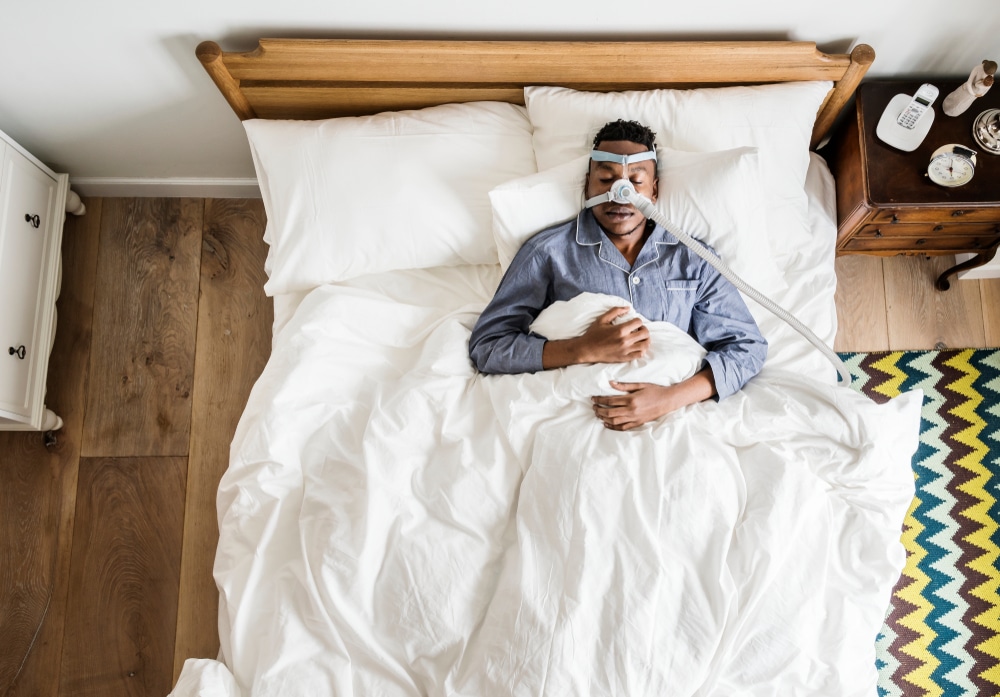Obstructive vs. Central Sleep Apnea: Key Differences and Treatment Options

One of the most common sleep disorders is sleep apnea. If you have this condition, your breathing is interrupted while you sleep. There are two main types of sleep apnea: central sleep apnea and obstructive sleep apnea.
What Is Obstructive Sleep Apnea?
Obstructive sleep apnea is the most common form of the sleep disorder. If you have obstructive sleep apnea, your upper airway is blocked while you sleep. This can either happen fully or partially. When this happens, your muscles in the chest and your diaphragm try to open the airway so that you can breathe. Obstructive sleep apnea often occurs because a person is overweight. The muscles in the neck relax and constrict the airway. Sometimes, a narrow airway can also be the cause of obstructive sleep apnea.
What Is Central Sleep Apnea?
Impaired brain function is often the cause of central sleep apnea. Your brain has trouble sending a signal to your muscles to breathe. Typically, central sleep apnea is associated with having an illness or disease. This is commonly seen with people who have an illness involving the lower brain stem, as this is what controls your breathing.
Treatment Options
Treatment options will depend on the severity of your condition. These include:
Non-Invasive Treatments
For obstructive sleep apnea, one of the most non-invasive treatment options that are recommended is weight loss. Losing weight can help to minimize the symptoms and, in some cases, can eliminate the disease altogether. Lifestyle changes, including the cessation of smoking and alcohol use, can also relieve sleep apnea.
CPAP
A popular treatment for sleep apnea is to use a CPAP machine. This machine uses air pressure to help keep the airways open. CPAP therapy also helps to make sure that the airways do not collapse.
BPAP
The BPAP functions similarly to the CPAP device. This device is best for people who suffer from obstructive sleep apnea. The BPAP machine helps to increase pressure when you sleep at night. The difference between the CPAP and the BPAP is that the BPAP has two pressure settings. It is also said to be more comfortable than the CPAP device.
ASV
This treatment option is both for people who have central sleep apnea and obstructive sleep apnea. Adaptive Servo Ventilation is non-invasive. The machine monitors your breathing all night long. When the machine detects abnormalities, it will intervene. Once it corrects the issue, the device returns to its initial treatment settings. This device is said to be very comfortable and less cumbersome than other choices.
Phrenic Nerve Stimulation
This is an implantable therapy for those who suffer from central sleep apnea. This is not a mask and is great for those who cannot or will not wear one. This implantable device will activate each night to ensure that signals are sent to the diaphragm via the phrenic nerve. This helps to ensure normal breathing patterns throughout the night.
Schedule a Consultation
If you are worried whether or not you may have sleep apnea, schedule a consultation with us at Associates of Otolaryngology. We have three convenient locations in Denver, Long Tree, and Castle Rock. Our team of board-certified otolaryngologists will help determine what forms of sleep apnea you have and show you the various treatment options that will help you to get you breathing regularly while you sleep.




